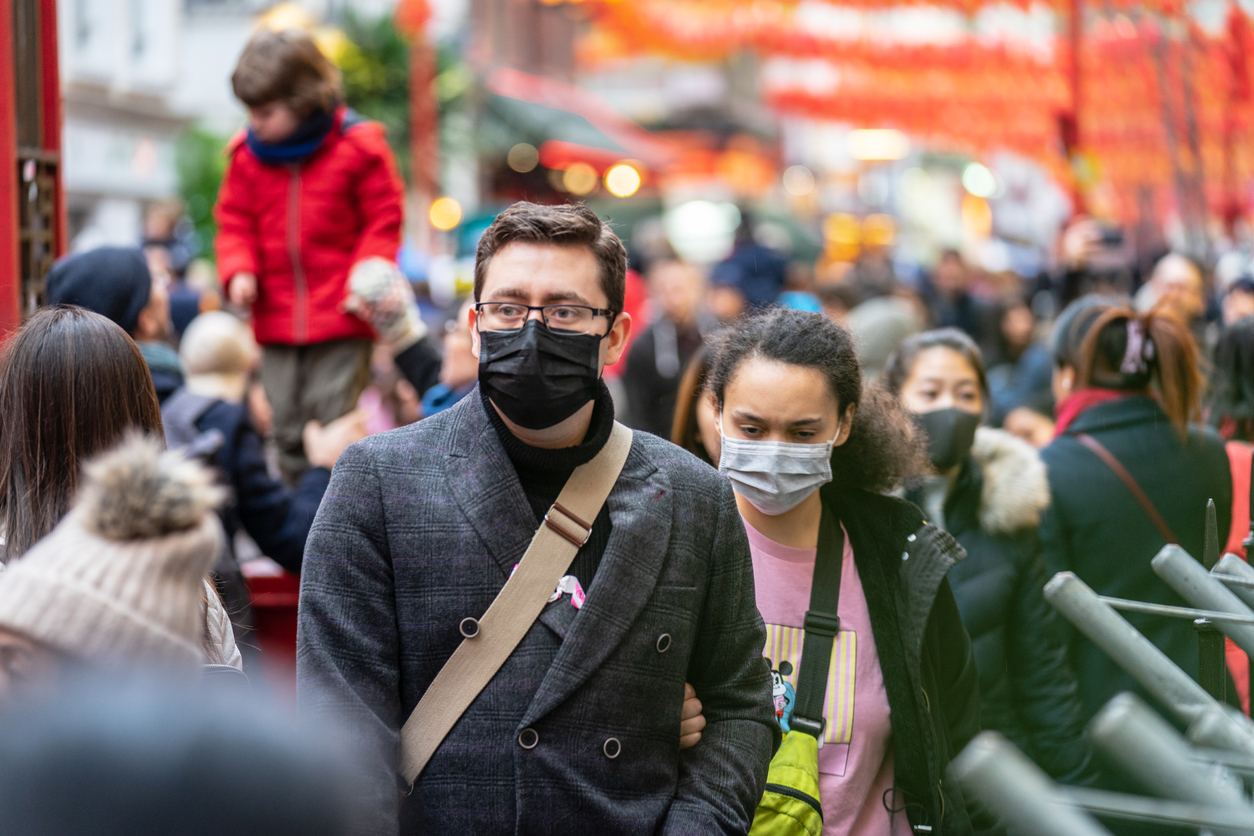
China rejects Harvard finding on COVID spread at Wuhan in August
Research done by the Harvard Medical School indicated that the novel coronavirus may have begun spreading in China’s Wuhan as early as August 2019.

Research done by the Harvard Medical School indicated that the novel coronavirus may have begun spreading in China’s Wuhan as early as August 2019. However, China dismissed the report, terming it ‘ridiculous’.
Chinese Foreign Ministry spokeswoman Hua Chunying rejected the findings during a daily press briefing on Tuesday (June 9). “I think it is ridiculous, incredibly ridiculous, to come up with this conclusion based on superficial observations such as traffic volume,” Reuters quoted her as saying.
The report said the virus emerged much before it was identified at the seafood market in Wuhan. “While we cannot confirm if the increased volume was directly related to the new virus, our evidence supports other recent work showing that emergence happened before identification at the Huanan Seafood market (in Wuhan),” it noted.
The researchers arrived at this conclusion based on satellite images of hospital travel patterns and search engine data. This included satellite images from hospital parking lots at Wuhan and data on symptom-related queries on search engines, especially with key-words like “cough” and “diarrhoea”.
Related news | Trump says India, China will have more COVID-19 cases with more tests
They examined commercial satellite data from outside five Wuhan hospitals, comparing data from late summer and autumn 2018 to the same time period in 2019.
“Increased hospital traffic and symptom search data in Wuhan preceded the documented start of the SARS-CoV-2 pandemic in December 2019,” according to the report.
The findings under the research showed a steep increase in hospital car parking occupancy in August 2019.
It also pointed to the increased searches for symptoms like diarrhoea, which had reportedly not occurred before. “In August, we identified a unique increase in searches for diarrhoea which was neither seen in previous flu seasons or mirrored in the cough search data,” the report highlighted.
“Clearly, there was some level of social disruption taking place well before what was previously identified as the start of the novel coronavirus pandemic,” Dr John Brownstein, who led the research, told ABC news.
“Many studies are still needed to fully uncover what took place and for people to really learn about how these disease outbreaks unfold and emerge in populations. So this is just another point of evidence,” he added.
The study has not been peer-reviewed yet.
Related news | Global distaste towards China on the rise post-coronavirus outbreak
However, a whitepaper on coronavirus released by China on Sunday (June 7) said the virus was first noticed on December 17 and that Chinese virologists confirmed human-to-human transmission on January 19, prompting authorities to impose lockdown of Wuhan from January 23.
It also said authorities reported a cluster of pneumonia cases with an unknown cause to the World Health Organization (WHO) on December 31.
US President Donald Trump and leaders of several countries have accused China of not being transparent in reporting the deadly disease, leading to huge human casualties and economic crisis across the world.
On the other hand, the research-based report also suggested that the virus had emerged naturally, and not developed in a laboratory like it was suspected to be.
“These findings also corroborate the hypothesis that the virus emerged naturally in southern China and was potentially already circulating at the time of the Wuhan cluster,” according to the research by Harvard.
(With inputs from agencies)


